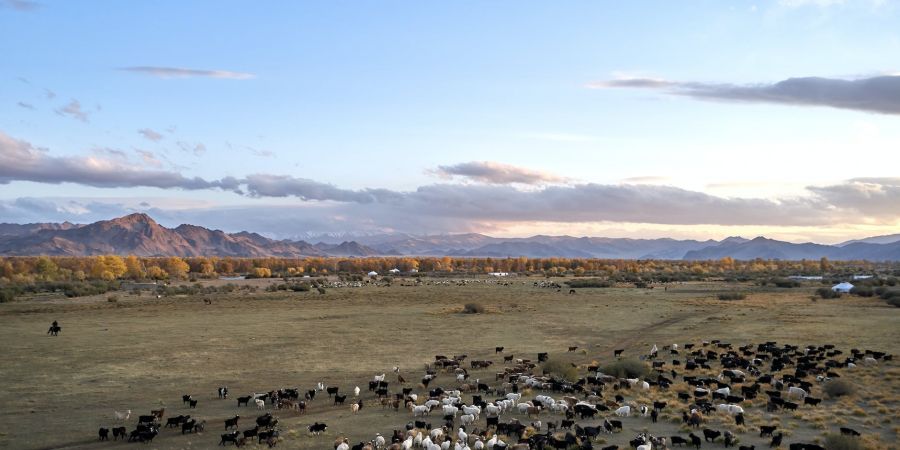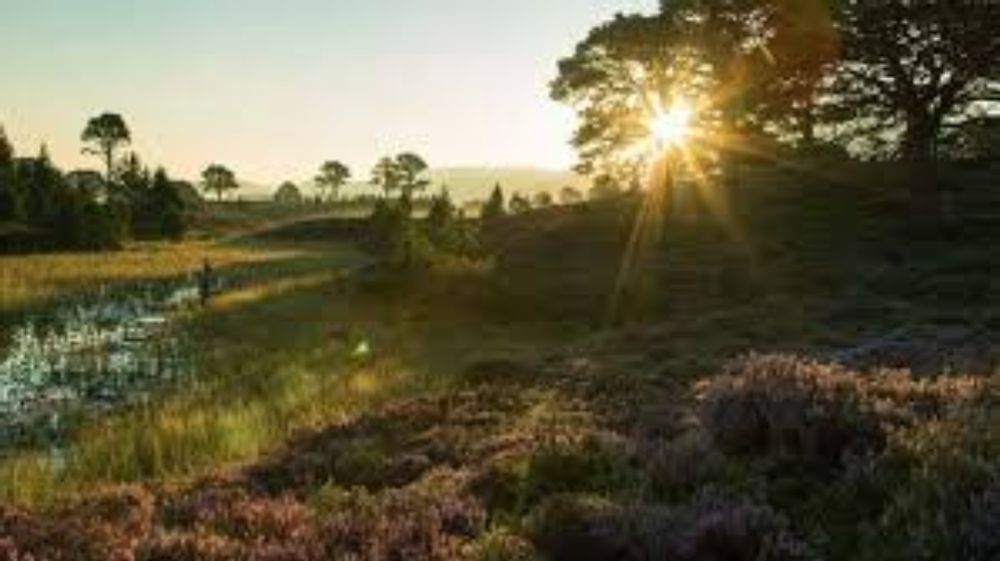

Moors and heaths
Moors and heaths are open, treeless regions that have been in the beginning forested. For centuries, human beings have reduce down forests to offer grazing for animals. Grazing animals then avoided the timber from returning. The heath is blanketed with low heather-like shrubs and the marshes include coarse grasses and sedges. With very heavy grazing, the heath will become a grassy bog. Heathers can come to be very dry withinside the summer, and fires precipitated both through lightning moves or man-made are common.Without hearthplace or grazing, timber and shrubs fast revert to heaths and moors again.
Heathland plants
Heaths are harsh, windswept places. The heathers and their relatives which form the main vegetation are woody shrubs growing close to the ground with very small, shiny leaves. The small surface area of the leaves, together with their waxy surface, helps to prevent them losing too much water by evaporation. Most heath plants belong to the heather family. They have small bell-shaped flowers, pollinated by bees. Their juicy berries, which include cranberries and blueberries, are popular for making jams and jellies, and for use in fruit pies.
Heaths are found on acid soil. When the soil was covered in forest, the fallen leaves soon rotted into it, adding nutrients and making it less acid. Without the trees, the nutrients were soon washed away, leaving very acid soil poor in nutrients. Heath plants grow very slowly, so do not need lots of nutrients. Because of its
acidity, very few bacteria can live in this soil, so plant material does not rot away. Instead, it forms peat.Heaths are often used for grazing sheep. The tender young heather shoots make good fodder, and farmers often deliberately set fire to the heath from time to time to encourage new growth. Grouse rearing is also a profitable use for heaths.
Moors
Grassy moors are found mainly on slate and shale (similar to slate but softer). Water cannot penetrate these rocks, so the soil here is waterlogged most of the time. Waterlogged soils do not have many bacteria to rot down the plant material, so moors also build up peat. The Coarse grasses that grow here often form large tussocks (clumps). Water collects in the dips between the tussocks, forming small boggy patches.once a moor forms the peat that accumulates tends to hold water, making the soil even more waterlogged.
Wildlife
The shrubby heathers provide shelter to many animals, and their berries are food for birds and Small mammals. Insects thrive in boggy Many waders such as curlews nest on upland moorland pools, and are themselves eaten. Heath and moorland birds often nest on the ground.In winter, they return to the more hospitable bays and estuaries around the coast. Smaller birds such as stonechats and and warblers nest in the taller heather bushes.Ptarmigan and grouse are ground-living birds that feed on insects and seeds. They rely on camouflage rather than fiight for protection. In mountain mooriands, ptarmigan develop white plumage in winter for camouflage against the snow. Birds of prey such as kestrels, buzzards and kites hunt over the heath or moor, and lizards and snakes feed on the insects and on the eggs of ground-nesting birds.
Thanks for reading


